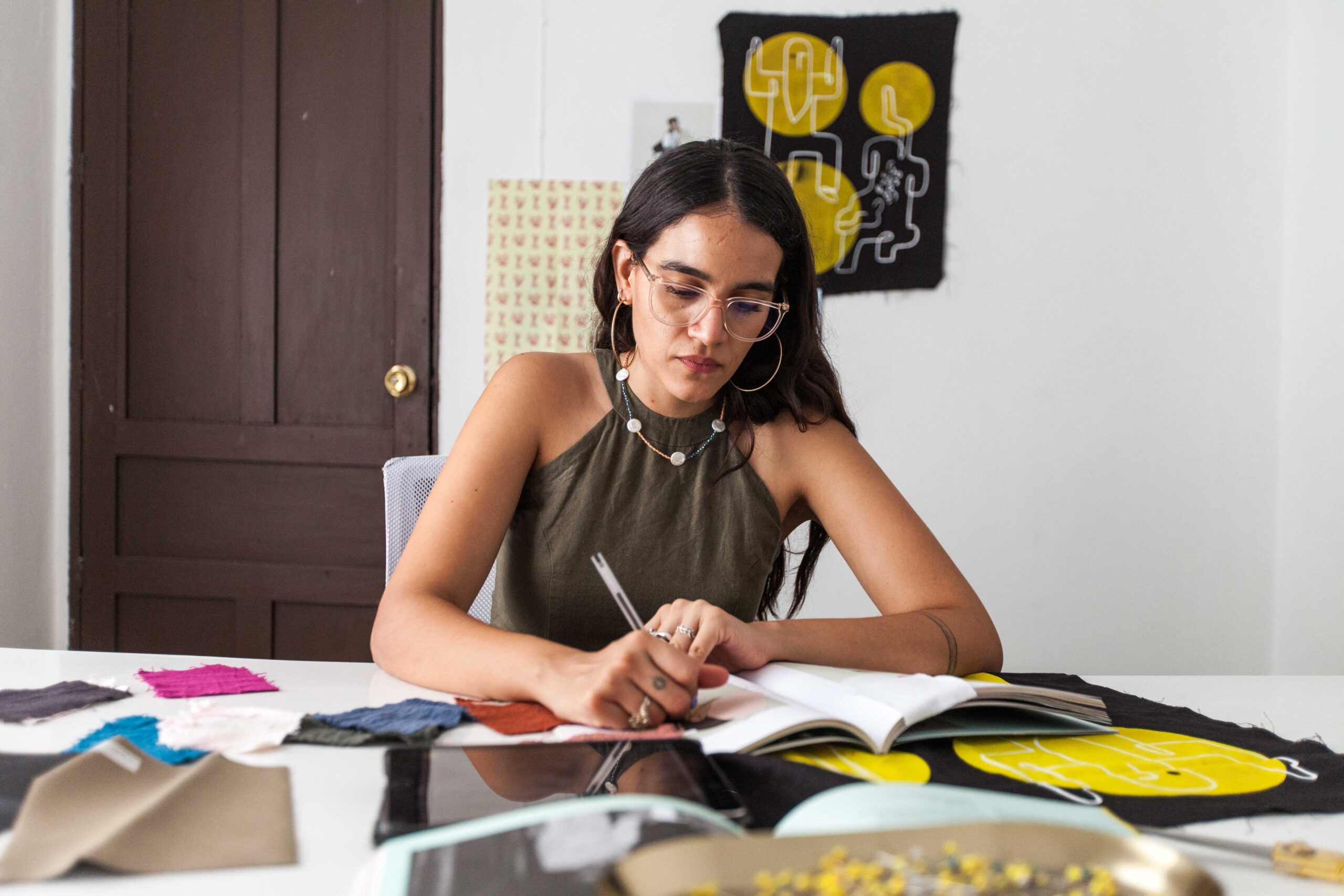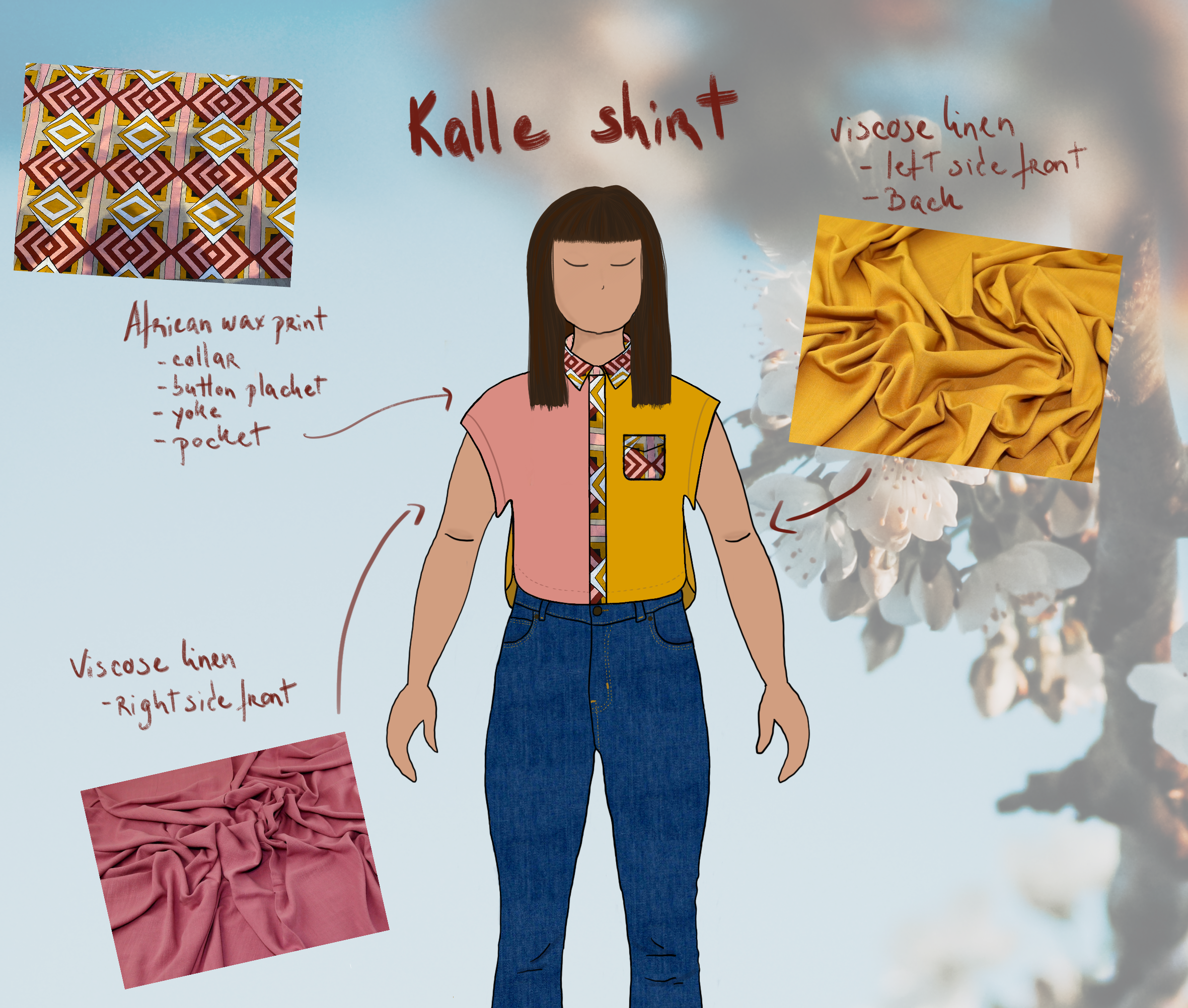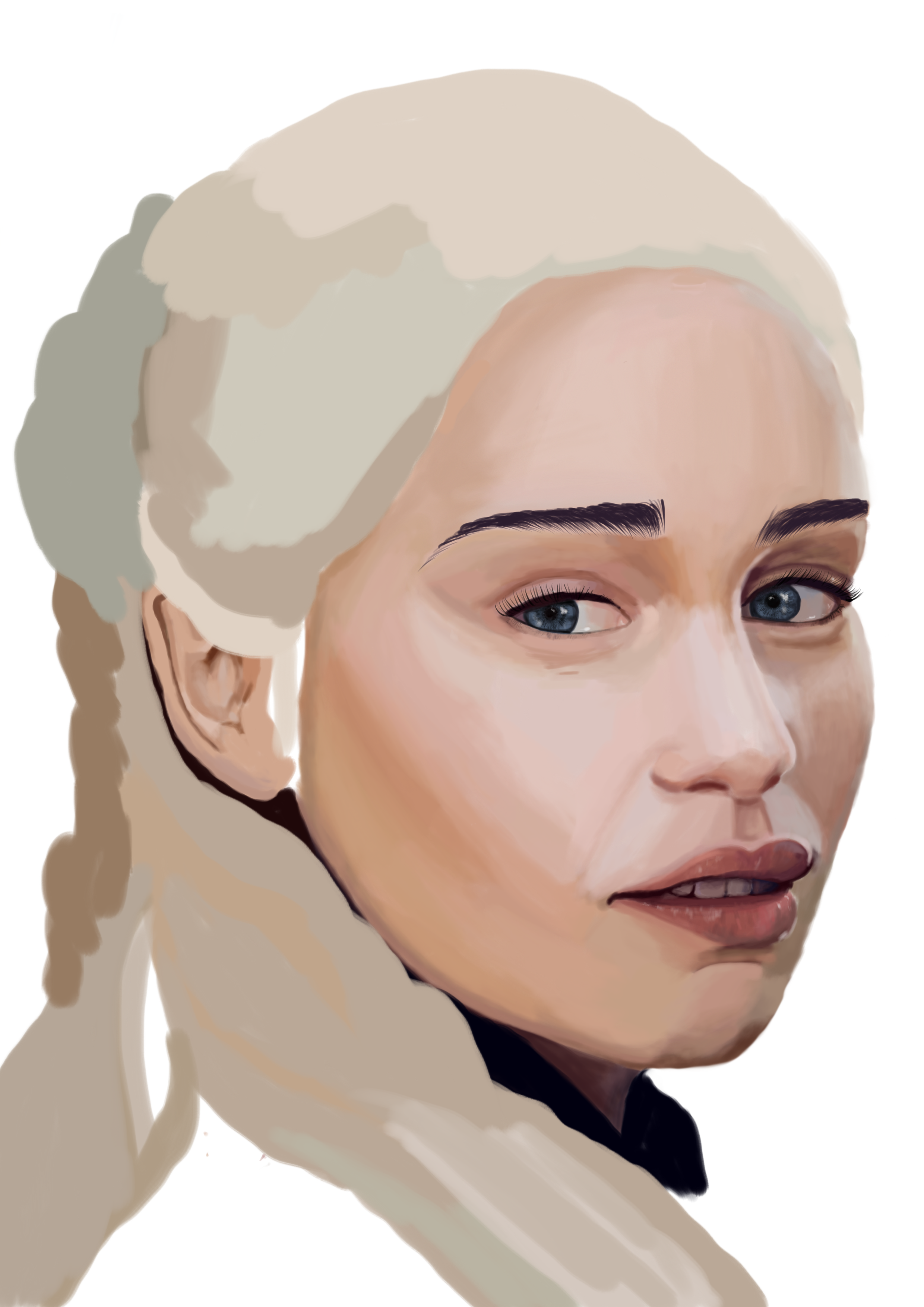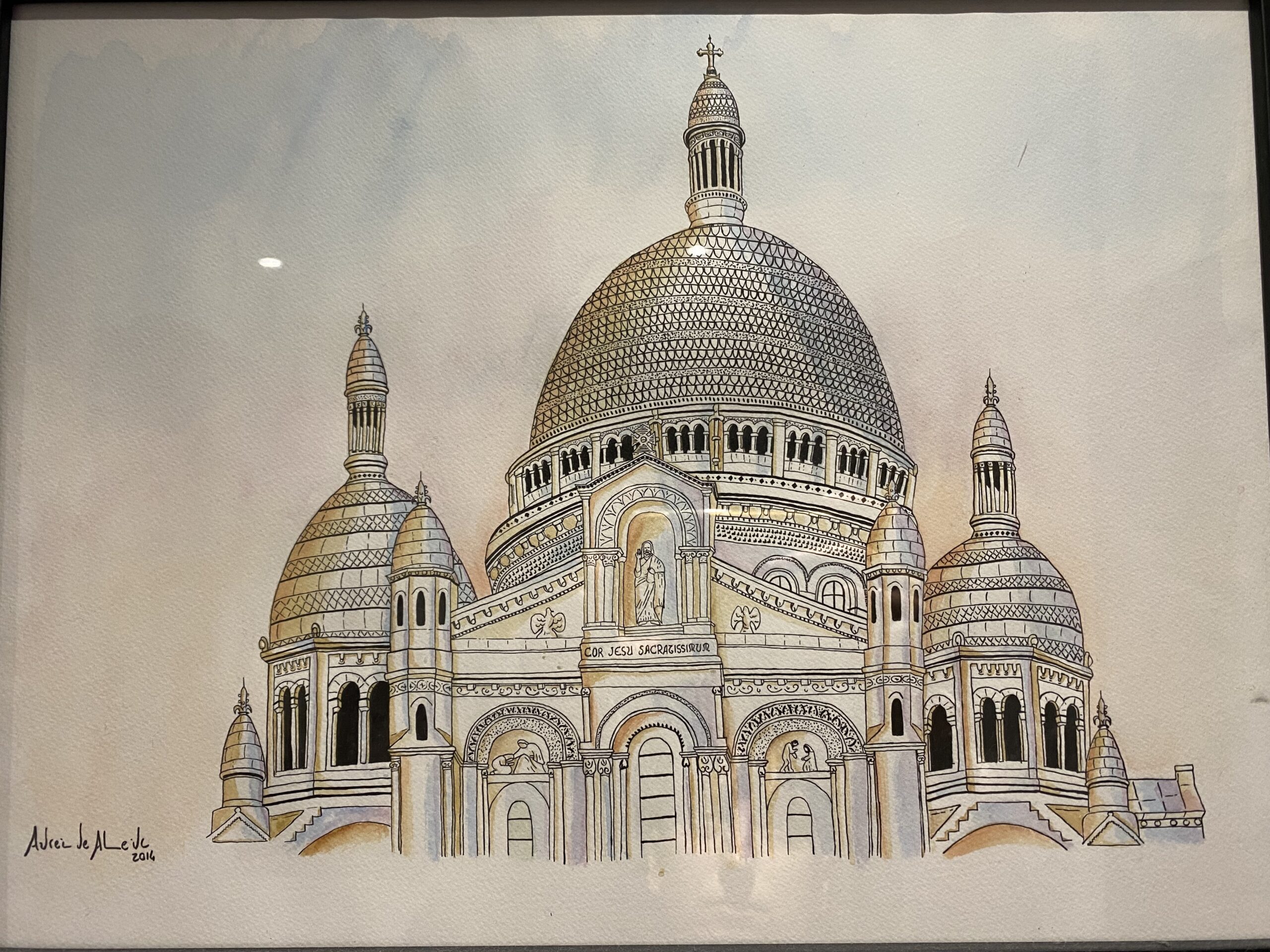If you have any sort of artistic hobby, you probably have already heard the classic “Oh, you’re so creative!”. On the other hand, if you don’t have an artistic hobby, you might never have thought of yourself as a creative person. But that doesn’t mean you’re not.
People tend to associate creativity with the act of creating something. But you don’t need to create a product or something tangible, to be creative. There are a lot of theories on creativity and its links with intelligence, but it is thought (supported by psychology and neuroscience) that one of the characteristics of creative people is the capacity for divergent thinking.
Regardless if you’re neurodivergent or neurotypical, perhaps you’ve never thought of yourself as a creative person, because you never physically created a painting, a piece of music or wrote a poem.
Creativity does not equal creation
Creativity is about having ideas, whether or not you create something from those ideas. Creativity can express itself in your daily life, your job, and playing with your kids. Are you a good problem solver? Are you good with thinking outside the box and coming up with solutions nobody has thought about? Do you find it easy to make up stories to tell your kids? Do you have lots of ideas for games to play? Or even just ideas that you don’t even know what to do with or how to turn into something? That is all part of being creative.
Creativity versus talent
A lot of creative people are simply good problem solvers. Or they have ideas for something artistic but never bring them to fruition, for fear of not being talented enough. It is a common misconception to think that every talented artist is also creative. This may not always be the case.
Let’s take two examples: a choreographer and a fashion designer.



Both a choreographer and a fashion designer need to be creative people. They need ideas for new choreographies and garments, match many elements with their ideas, and have a vision. However, do they need to be talented dancers or talented sewists? Not necessarily. Granted, they need to know the basics of body movement, dance, how the fabric flows, and different materials and techniques. But do they need to be good at that? The answer is no!
What they need to be good at is at communicating their vision to someone who can execute that. In the case of the choreographer, it will be the dancer, tech and lights team. In the case of the fashion designer, their sewing team will make the garments for them, and their styling, makeup and hairstylists will add the final touches to their vision.
Is a ballet dancer or a sewist a creative person? They might or might not be. In this context, no. They aren’t the ones having the ideas; they are the ones with the talent to execute them.
Another example would be a painter. Some painters create impressive original work, while others can create exact replicas but struggle with creating anything original. One is not necessarily more talented than the other but is definitely more creative.
You can also be creative in some areas but not others. I, for example, am very creative in my sewing and am rarely short of ideas for original garments. On the other hand, while I’m fairly good at drawing and painting, I struggle to create any drawing or painting that doesn’t have a reference.

Initial sketch of my idea for a shirt.

The final shirt was created from an original idea.

Unfinished digital painting of Emilia Clarke from a reference image.

Line drawing and watercolour painting of the Sacre Coeur, in Paris. Drawing from an original photo.
Creativity isn’t limited to the arts and humanities
It’s human nature to try and use categories or labels for everything. Find a spot and a box to put people and their interests. I always struggled with this because people couldn’t really understand how I was studying science and yet, had such an interest in the arts. According to some people, I apparently even dress like someone from arts, whatever that means. I guess it’s the classic “You don’t look like a scientist”.
Because creativity has been long associated with creating something, it is mostly associated with the arts and humanities. But it’s incorrect to think it’s limited to these. Scientists can be creative too. In fact, anyone can. Not only are we not defined solely by our job, but because we are individuals with other interests, it is wrong to assume that someone with a certain job can’t be creative. An accountant might not be able to use much creativity in their job, but they might use it in their daily lives or their hobbies. A mechanic might be creative in finding ways to fix clients’ cars when parts aren’t available anymore. Teachers might be creative in finding new ways to teach their students or make the class fun for those struggling. Parents might find creative ways to make their child happy when they are ill.
There are so many ways to be creative that aren’t limited to creating physical objects or pieces of art that others can see/listen to. But if you ever felt the urge to create something but didn’t, for fear of not being good at it: just try! What you can do might surprise you and, even if it doesn’t work out, nobody has to see your piece of art, and the important thing is that you tried it and (hopefully) had fun!
So, if you’ve never considered yourself creative, did this make you question that thought?
Andreia
